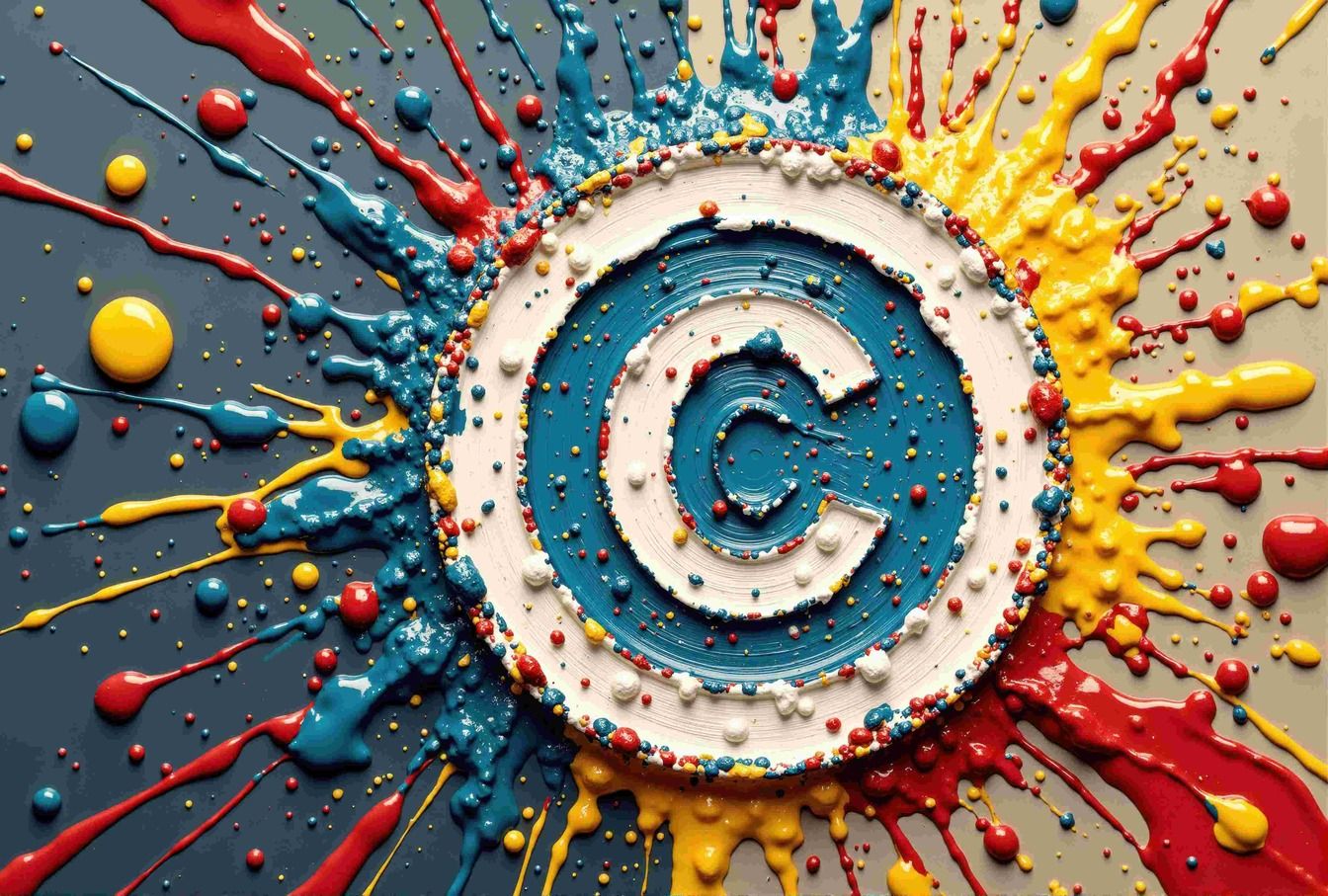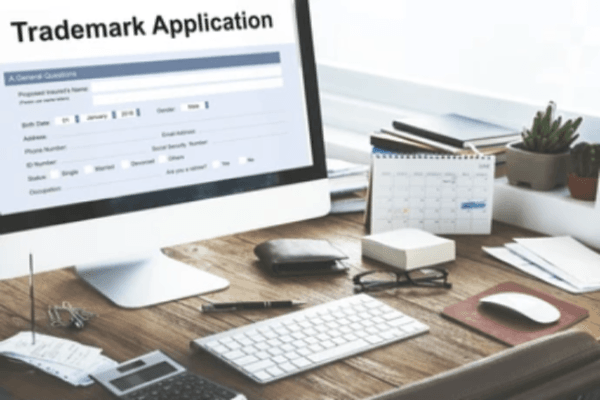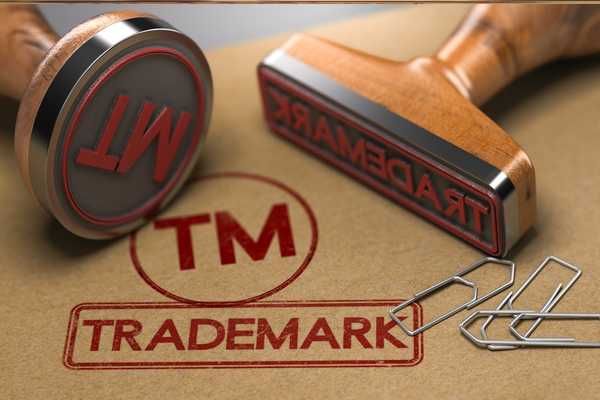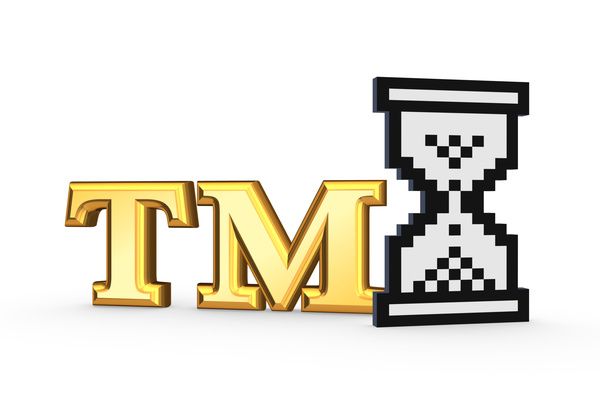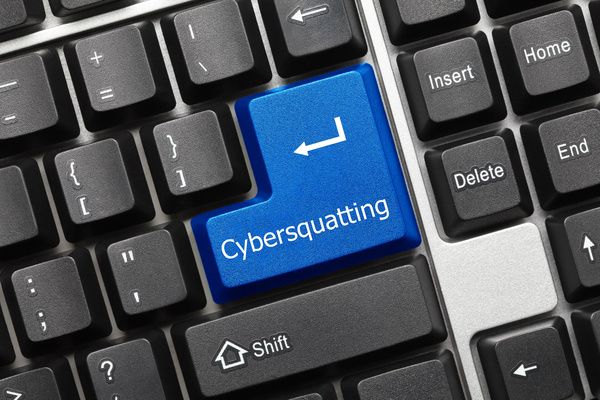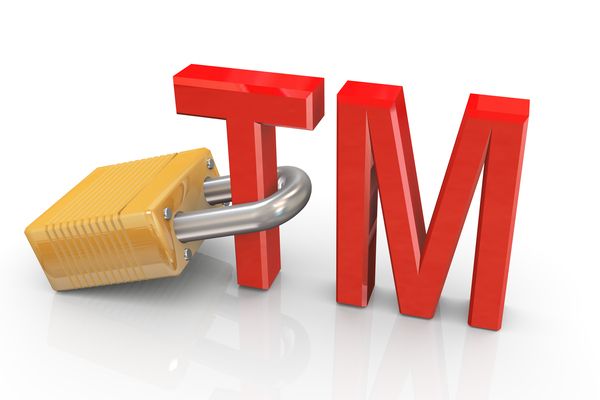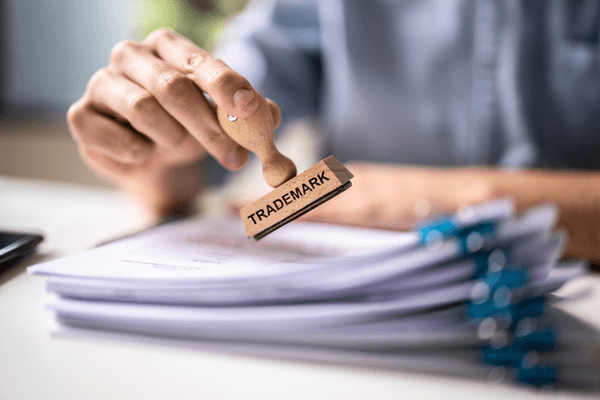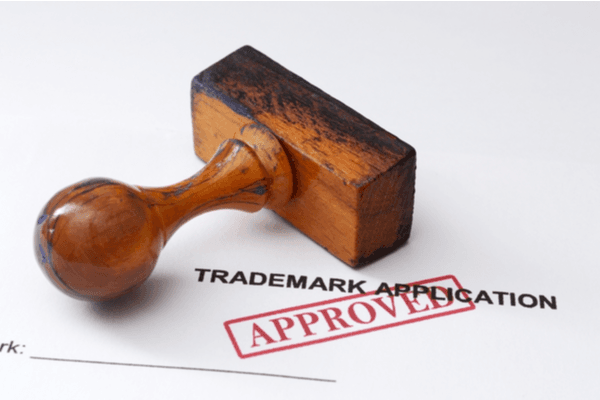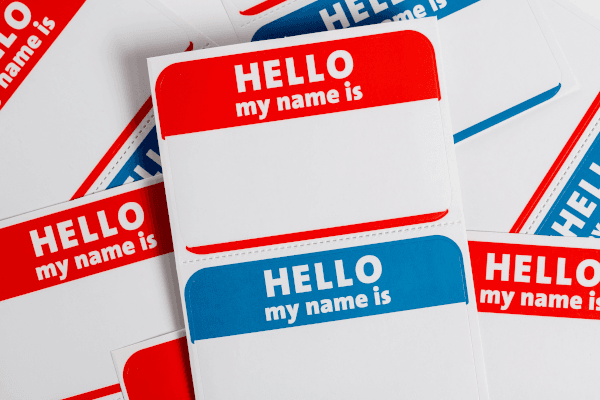
You’ve finally received your trademark or copyright. After going through all of the forms and paying the required fees, you have a certification in your hands. Now, you need to know what to do after receiving your trademark or copyright.
Many people make the mistake of thinking they’re at the end of the road after receiving their certification. However, several steps are worth taking, both to solidify your trademark or copyright and to ensure you’re ready to protect it in the future.
What to Do After Receiving a Trademark
With your registered trademark, you’ve secured the future of your brand by protecting one of its most vital assets. Whether that’s a logo or a phrase, this asset is now legally associated with your business, meaning others can’t use it. What’s more, your registration is the first, and most powerful, line of defense you have when combating somebody who infringes on your trademark.
So, you have your certificate. What comes next?
Step One: File the Trademark
While your trademark’s details are recorded in the United States Patent and Trademark Office’s (USPTO) database, that doesn’t mean you should neglect your certification. File any documents you’ve received in a place that you can easily access if you need them.
All trademarks have a digital presence with an online record that keeps track of everything, including relevant dates. It’s a good idea to record the date your trademark was granted. This date will prove helpful for tracking renewals.
Step Two: Start Using the ® Symbol
Before registering your trademark, you had to use the TM or SM symbols to show that you wanted to protect your asset. While both symbols state that you have a claim on the trademark, they don’t show that the trademark is federally registered.
The ® symbol does.
You can only use the ® symbol if you have registered your trademark with the USPTO. In fact, using it when you have not completed the registration process means you’re violating federal law. The USPTO may even refuse a trademark application because you’ve claimed registration when you don’t have it.
Thankfully that’s not a concern seeing as you’ve completed the process. Now that you’re registered, the ® symbol serves as a more severe warning to people who might infringe on your trademark. It tells them that you’re in a position to sue if your trademark is used without your permission.
The ® symbol also showcases a level of professionalism that other businesses don’t have. Whenever somebody sees your trademark, they’ll know that you’ve taken the steps needed to protect your business. This professionalism creates heightened trust, which can lead to more customers and opportunities.
Step Three: e-Record With U.S. Customs and Border Protection (CBP)
The CBP maintains its own database of registered trademarks as a bureau of the Department of Homeland Security. This database helps the CBP prevent the illegal import of any goods that carry the trademarks it has on file. However, the CBP’s database is not automatically updated as soon as you register your trademark. You have to record the trademark yourself to ensure the CBP will check cargo for any signs of your registered mark.
It costs $190 to e-record your trademark with the organization. The trademark will stay in the CBP’s database if renewed concurrently with your USPTO trademark registration renewals. Renewals cost $80.
The expenditure may be worth it as the CBP seizes over a billion dollars in goods carrying other people’s trademarks each year. Your fee creates an extra layer of protection that can save you money in court costs later on.
Step Four: Monitor the Market
Though your registered trademark provides you with legal protection, the responsibility for enforcing the trademarks lies on your shoulders. It’s your responsibility to track the market and bring action against anybody who uses your trademark. Failure to do so can lead to you losing your trademark rights due to a lack of vigilance.
Actions like registering with the CBP go some way towards policing the market. However, you should take this a step further by setting up a Google Alert for the trademark. This requires you to create a Google account and then head to www.google.com/alerts. Enter your trademarked phrase into the textbox and Google will generate an alert that notifies you whenever anybody uses the term online. Though many of these uses will be harmless, the alert can reveal companies and websites that use your trademark without permission.
Keeping track of the USPTO database can also help you to see when somebody has filed a trademark that seems too close to your own. There are also several professional services to conduct tracking on your behalf, though the fees for these services vary.
Step Five: Hire a Trademark Attorney
A trademark attorney may be able to offer a monitoring service that takes much of the policing work out of your hands for an agreed upon fee. They can also advise you on what is and isn’t an infringement of your trademark. In the event of an infringement, they’re also able to handle any legal action necessary, of course.
Keeping an attorney on retainer makes policing the market more manageable, allowing you to focus on running your business.
Step Six: Renew Your Trademark at the Appropriate Times
Your trademark registration is not indefinite. This means it can lapse, allowing others to use the trademark, if you fail to renew your registration.
The first renewal deadline comes five years after your initial registration date. The next comes 10 years after the initial date, with every subsequent renewal coming every 10 years after that first 10-year mark.
Happily, you have a one-year window from the intended date of renewal to file your registration. For example, let’s say that it’s five years since you registered your trademark. You still have one year after this date to renew at the regular price and ensure your trademark stays registered. You also have an additional six months grace period where you can still renew your trademark for a penalty fee. Failing to renew during this period could lead to the decision that you’ve abandoned the trademark, which opens the door for somebody else to claim it.
Again, the responsibility for renewal rests on the trademark holder’s shoulders. Happily, the USPTO started offering email reminders in 2014. Sign up for them and keep track of your emails to know when your renewal dates are due.
Remember that you can’t trademark something, not use it for years, and then expect a renewal. You must be prepared to demonstrate that you’re still actively using the trademark for commercial purposes when you attempt to renew. Otherwise, it’s likely the USPTO will unregister the trademark to make it available for others who will use it.
What to Do After Receiving Your Copyright
Many of the steps you’ll take after receiving a copyright certification are similar to those you take for a trademark. However, there are some differences, particularly in terms of the symbols you use and some of the actions you take.
Step One: File the Copyright Documents
As with trademark documentation, it’s always a good idea to file your copyright documents so you can access them quickly when needed. Create electronic backups so you can call them up instantly if you need to make a copyright claim.
Step Two: Start Using the © Symbol
Unlike trademarks, where the need for active policing requires you to use the ® symbol to dissuade people, using the © symbol isn’t vital for protecting copyright. Your work is still covered, even if you don’t inform people that it is copyrighted.
However, failure to use the symbol could lead to people assuming that copyright doesn’t apply. As such, they may use the work without citing it properly or gaining permission, which creates a legal situation that you have to spend time and resources to deal with.
By using the © symbol, you make it clear that the work is copyrighted. Accompany this symbol with the year of publication and the name of the author to ensure anybody viewing the work has the full details. Finally, add an “All Rights Reserved” section as some countries require this to be present to enforce your copyright.
Step Three: Learn About Fair Use
Enforcing a trademark is relatively cut and dry. If somebody uses the trademarked material for commercial purposes without your permission, you can sue to get them to stop.
Copyright works a little differently because of fair use laws.
Fair use makes it legal for another person to use your copyrighted material without permission as long as they do so in a transformative way. There are plenty of examples of this on YouTube, where creators use copyrighted footage while providing their commentary or critique over it. We also see this in written works where somebody quotes a copyrighted piece so they can create a rebuttal to it. Fair use also covers parodies of your copyrighted work.
Still, fair use is a legal gray area. Some uses of your work that appear to be fair use may not be, whereas some that seem like they’re not may be fair use. If you suspect somebody is using your work and the fair use laws don’t apply, contact a copyright attorney to talk about your options. Much like with trademarks, nobody will actively police the infringement of your copyright unless you make them aware of it.
Step Four: Don’t Worry About Re-registering
You don’t have to continuously re-register your copyright for it to remain valid. Once you register your copyright, it lasts for your entire life and then 70 years after your death. These terms change to either 95 years after the piece’s first publication or 120 years after its creation in the following circumstances:
The work was made to hire.
The work is an anonymous piece or was published under a pseudonym.
asdf
Furthermore, work submitted before January 1, 1978, is renewable once it’s been available for 28 years. It’s worth completing renewal in these cases to ensure you have the legal protections registered copyright provides.
Step Five: Create Terms of Use
As the copyright holder, you have the right to determine if and how people can use your copyrighted work. These rights include setting any fees you deem appropriate and creating terms for licensing agreements.
Try to create a terms of use document as soon as possible. If you have a website, make this document available so those who want to use your work can see what steps they have to take. If your work is physical, maintain the document so you can use it in negotiations if somebody wants to license the piece.
It’s worth working with a copyright attorney to create standard terms of use that have no gaps and benefit you as the creator of the work.
Your Work Isn’t Done
When asking yourself what to do after receiving your trademark or copyright, it’s important to remember that your work doesn’t end when your work is registered. Trademarks, in particular, require repeated renewals and policing to ensure they remain valid. Copyright also requires policing, though you won’t lose your copyright if you fail to stop somebody from using it.
Either way, make sure that your documentation is accessible and that you’re taking preventative measures to stop people from violating your trademark or copyright.
Now that you know what to do after receiving your trademark or copyright, it’s time to turn your focus elsewhere. What happens if somebody owns a copyright for the sole purpose of making money from it using strategic litigation? These people are called copyright trolls and you can take action to avoid them. Find out more in our copyright trolls article.
Trademark Engine is not a law firm and none of the information on this website constitutes or is intended to convey legal advice. General information about the law is not the same as advice about the application of the law in a particular factual or legal situation. Individual facts and circumstances as well as legal principles including but not limited to the ones referenced on this website can affect the outcome of any given situation.
Trademark Engine cannot and does not guarantee that an application will be approved by the USPTO, that a mark will be protected from infringement under common US trademark law, or that any ensuing litigation or dispute will lead to a favorable outcome. If you want or have an interest in obtaining legal advice with respect to a specific situation or set of circumstances, you should consult with the lawyer of your choice.
Trademarket Blog
Everything you need to know about starting your business.
Each and every one of our customers is assigned a personal Business Specialist. You have their direct phone number and email. Have questions? Just call your personal Business Specialist. No need to wait in a pool of phone calls.



